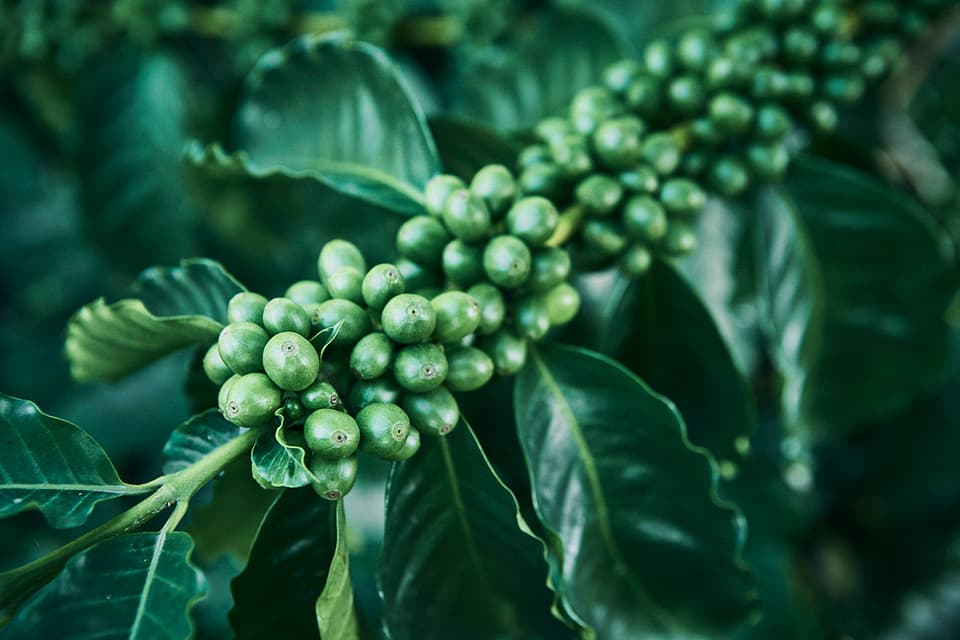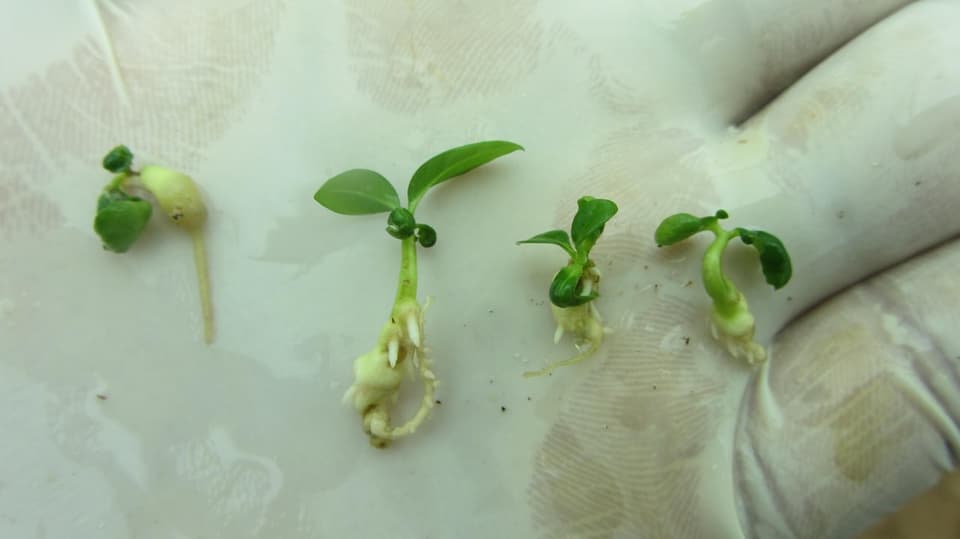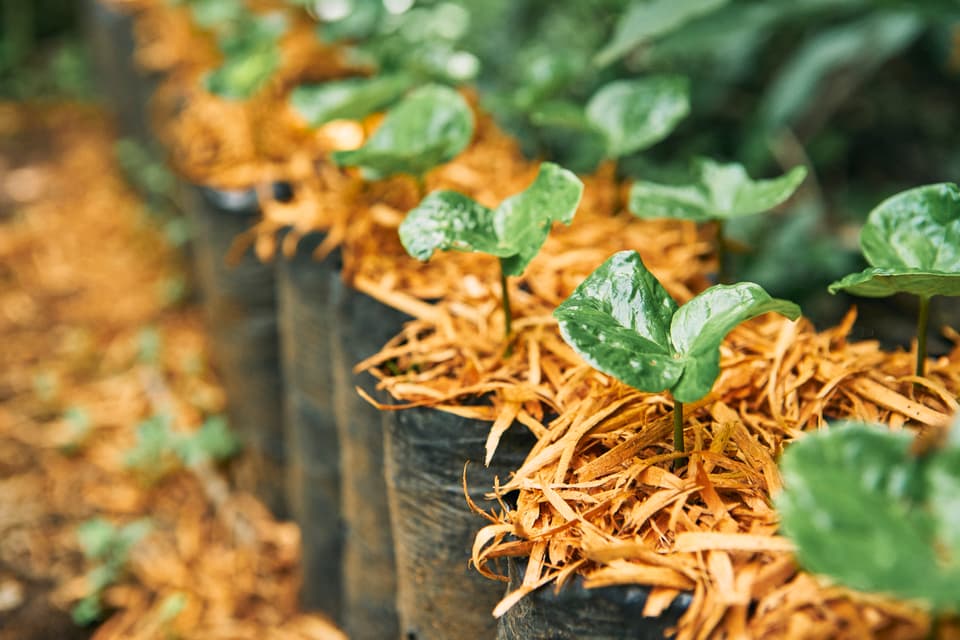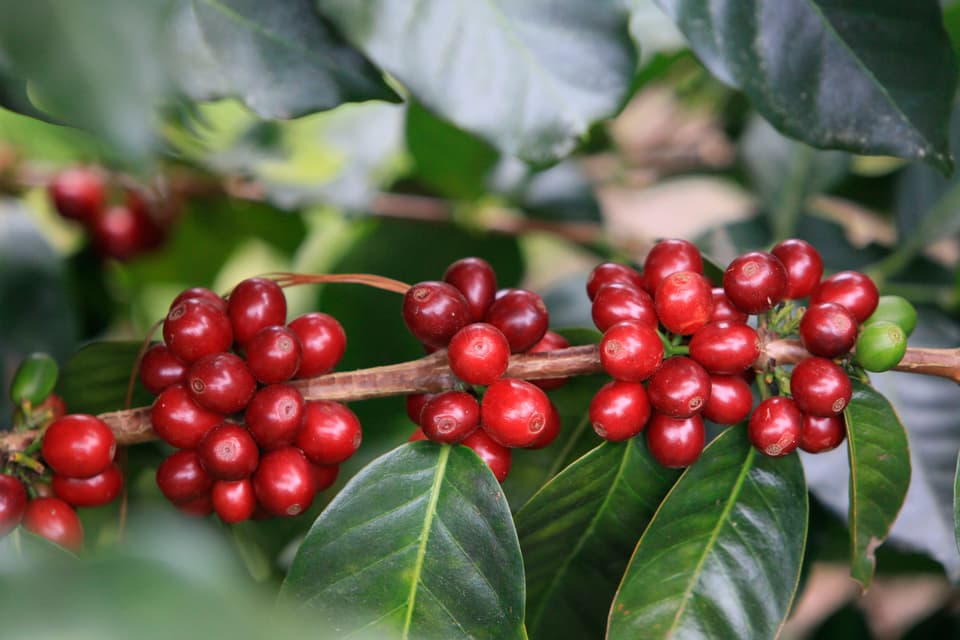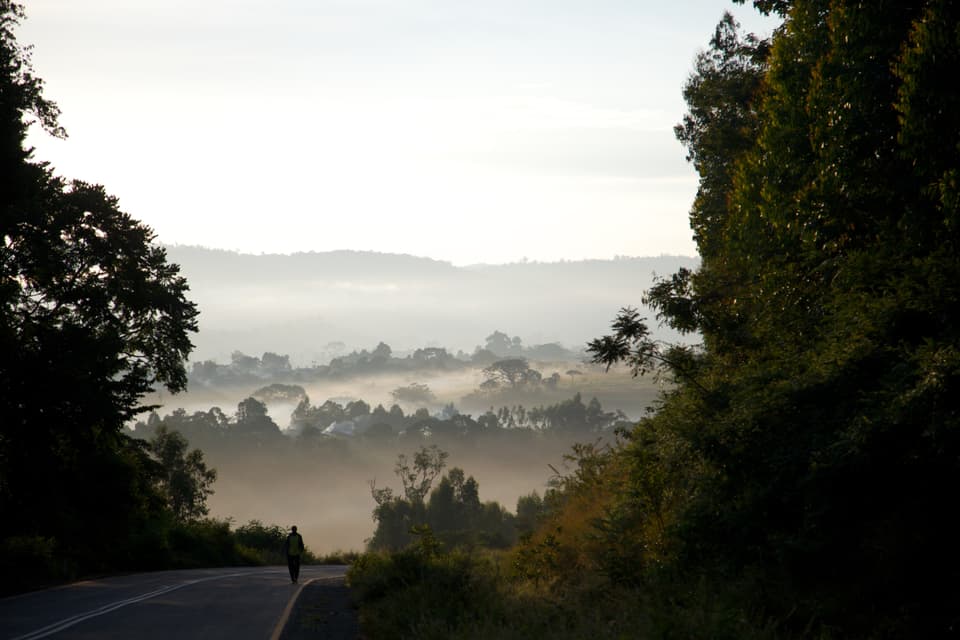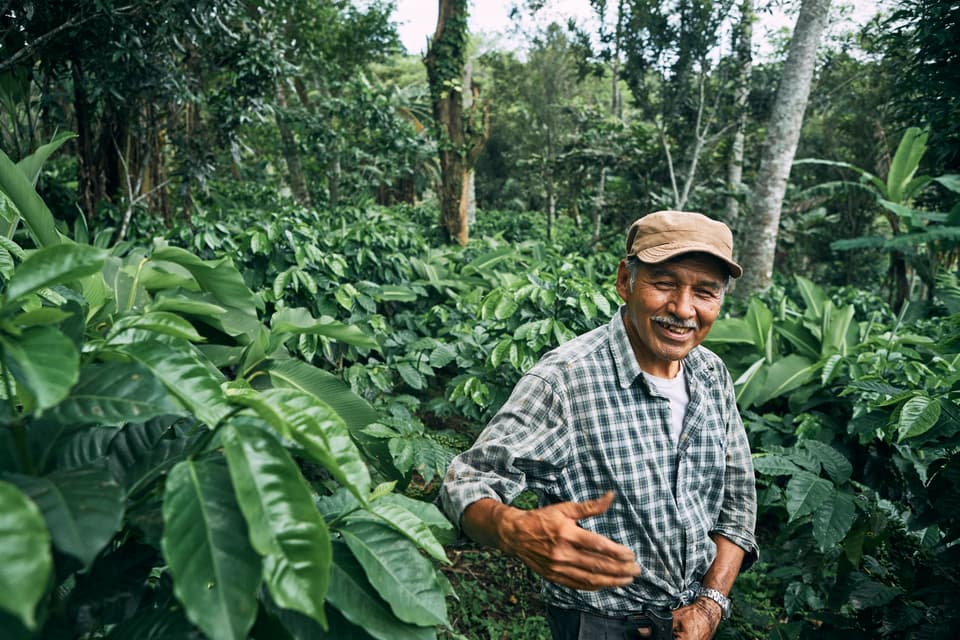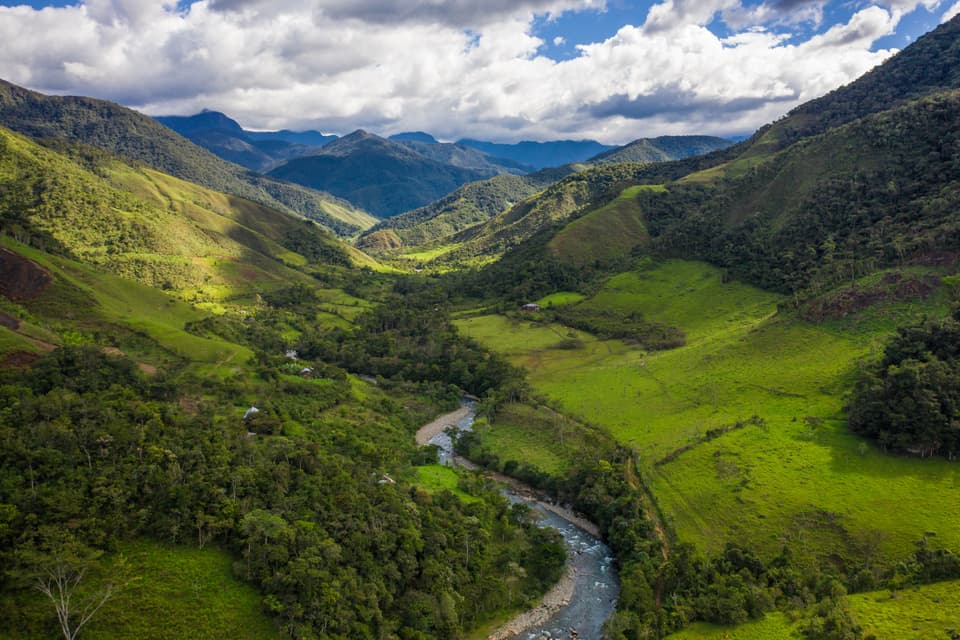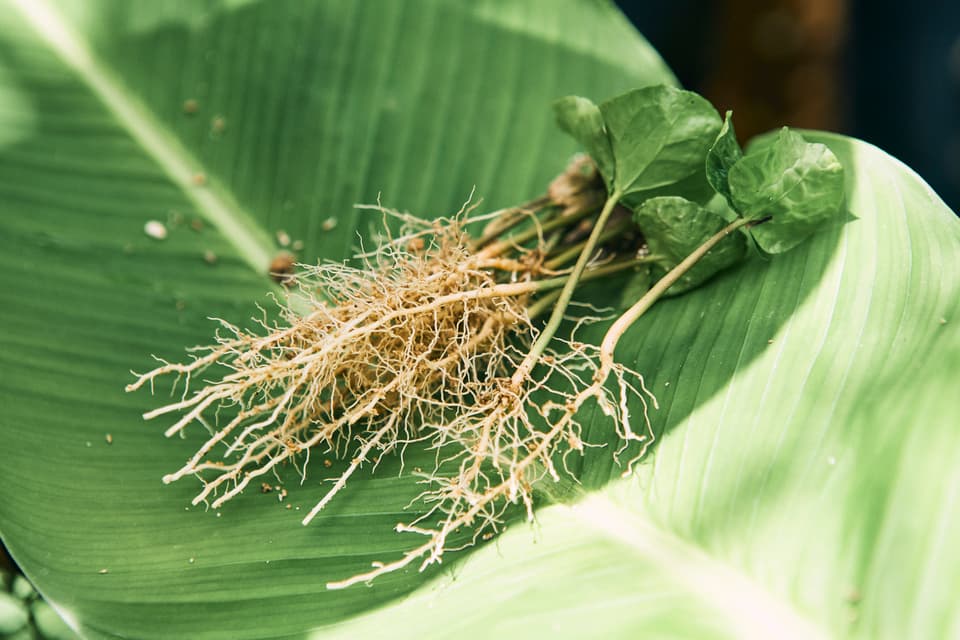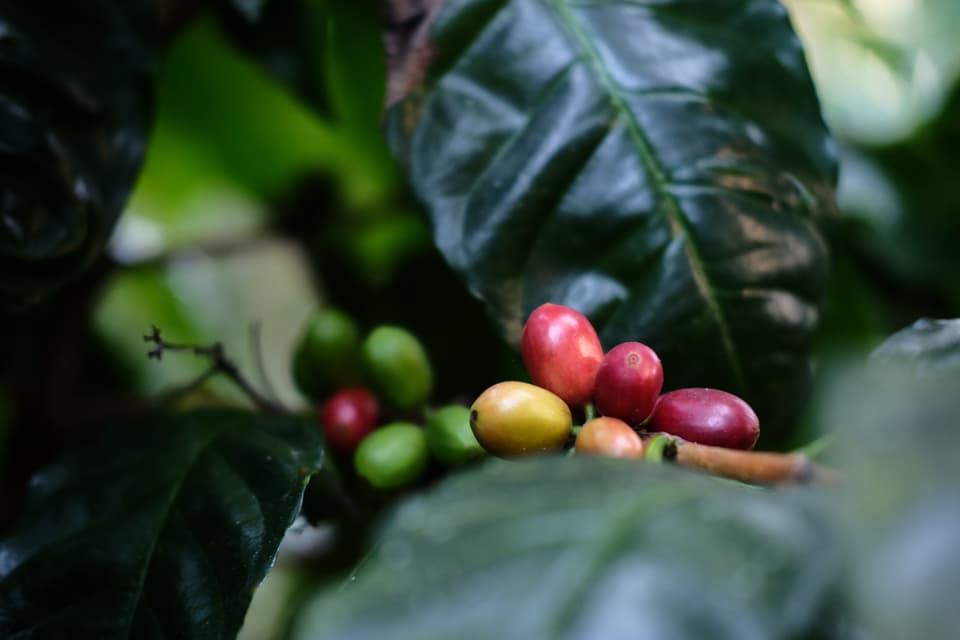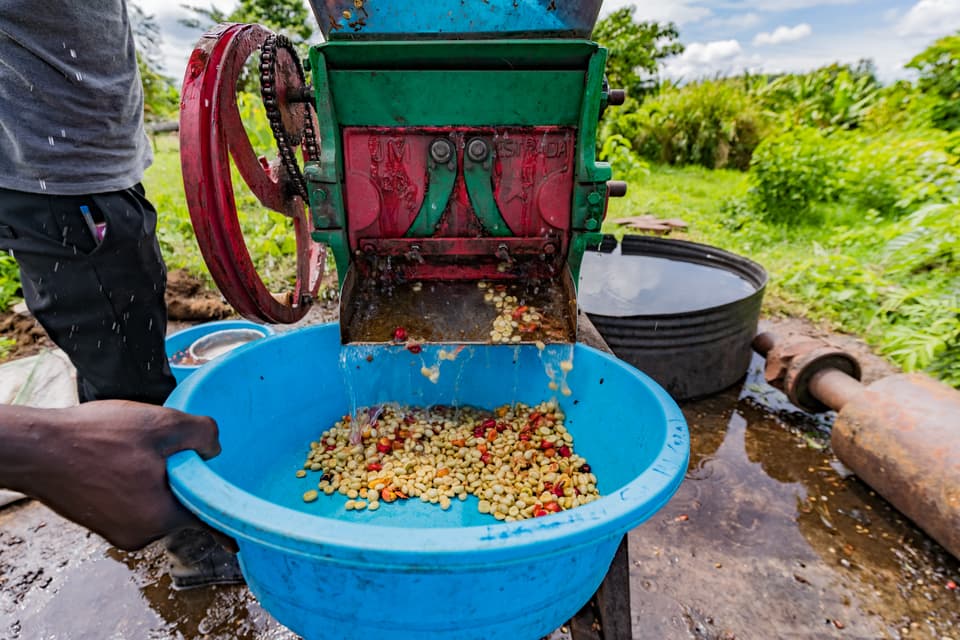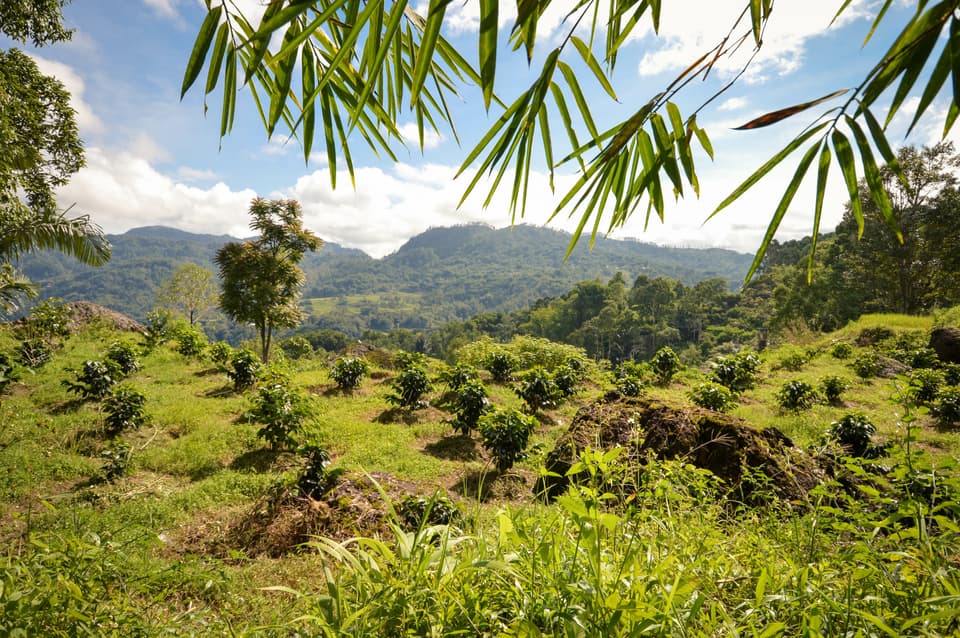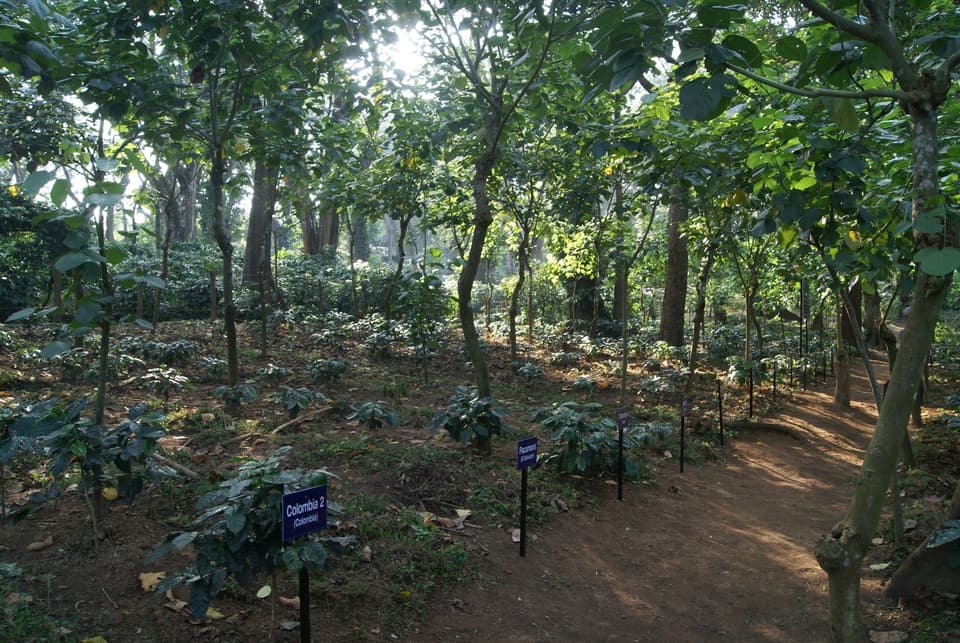Kenya has historically produced some of the highest quality arabica coffees in the world, remarked for their acidity, intensity, and complexity of flavor. But Kenya also suffers from severe disease and pest pressure, which has pushed farmers away from older, susceptible arabica varieties toward disease-resistant varieties (e.g., Batian and Ruiru 11). Kenya’s overall production has declined since the 1990s as many former coffee areas have been urbanized, but coffee remains a critical export crop for the country, supporting hundreds of thousands of smallholders and generating significant national export income. Kenya has a long and strong tradition of coffee research in support of its farmers.
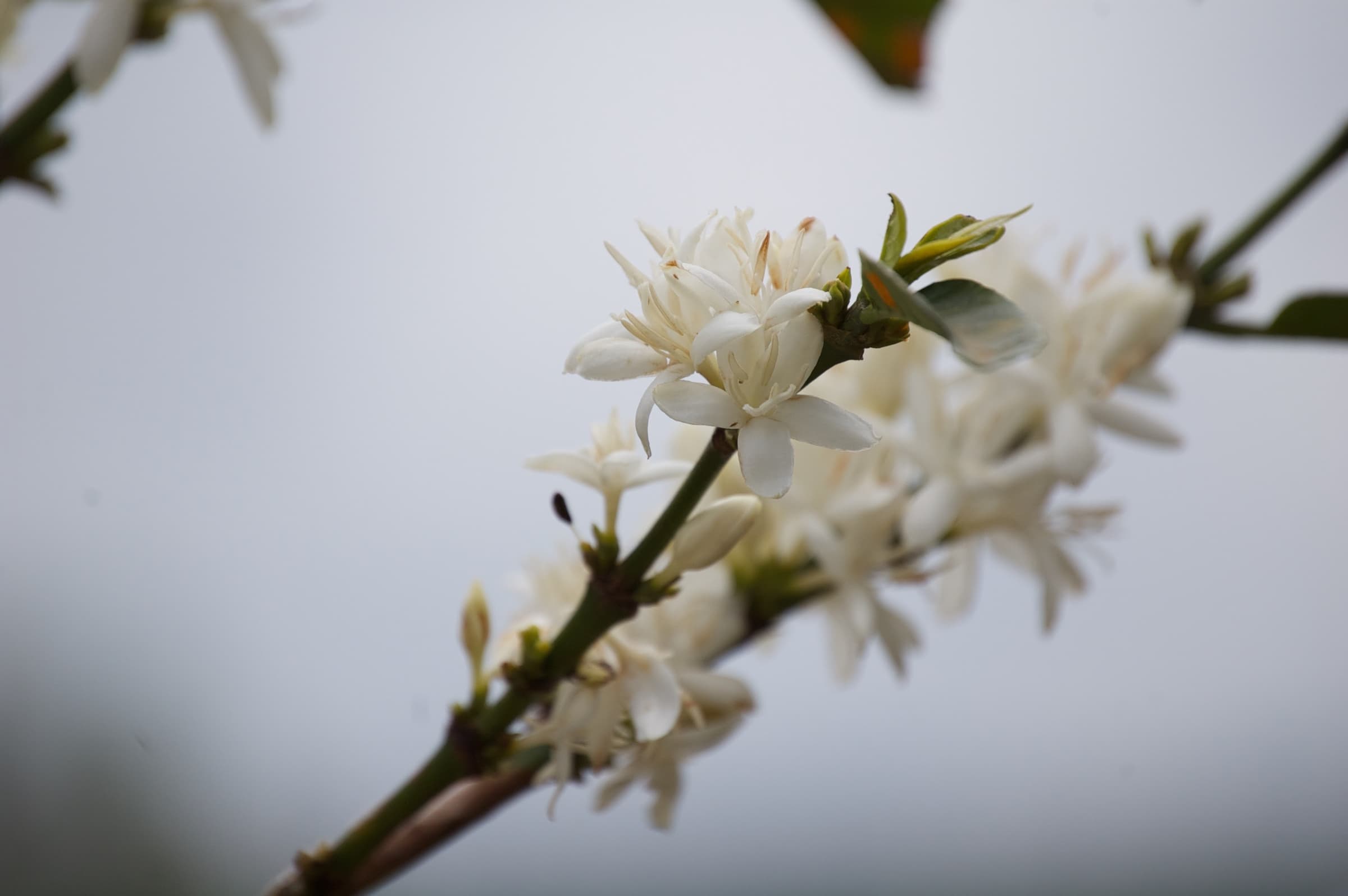
Kenya
WCR has been collaborating with the Coffee Research Institute of KALRO since 2014, working to advance a shared research agenda in support of Kenya’s goals to improve coffee production and productivity. Today, Kenya is a close collaborator in the following WCR programs: the East African Breeding Hub, the International Multilocation Variety Trial, and the development of a rapid DNA identification platform for Kenyan coffee varieties. In 2021, WCR initiated work to assess genetic purity in Kenyan coffee seed lots. WCR also participates in the Kenya Coffee Platform. Together, WCR and KALRO support one another to exchange research ideas and best practices and to mobilize funding for collaborative research.
Country Progress
Country Statistics
Coffee agricultural R&D is critical for delivering the productivity and quality improvements that lead to economic transformation at scale.
International Coffee Organization (ICO). 2021. Exports of all forms of coffee by exporting countries to all destinations. Accessed from https://ico.org/trade_statistics.asp?section=Statistics
TBD
Enveritas, 2018. “How many coffee farmers are there? Global coffee farm study”
Food and Agriculture Organization of the United Nations (FAO). 2021. Crops and livestock products. Accessed from http://www.fao.org/faostat/en/#data/QC
Agricultural Science and Technology Indicators (ASTI). 2021. ASTI database. International Food Policy Research Institute (IFPRI). Accessed from: https://www.asti.cgiar.org/data
Calculated using ICO production data and FAO area harvested data
Our Partners
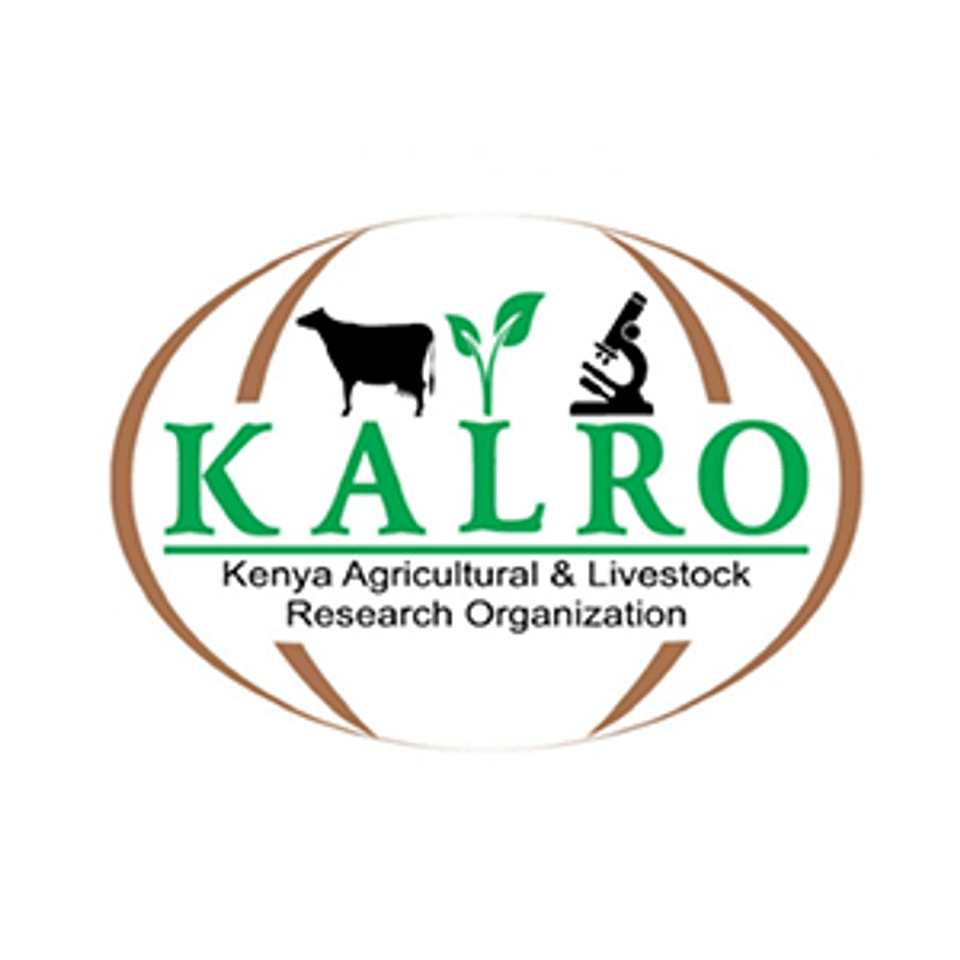
Kenya Agricultural & Livestock Research Organization (KALRO)
KALRO conducts research to catalyze sustainable growth and development in Kenya’s agriculture sector. Kenya has one of the longest histories of formal coffee research in the world, commencing in 1908. The famed SL 28, SL 14, and SL 34 arabica varieties were developed in the early 1900s in Kenya. The Coffee Research Station at Ruiru was initiated by the colonial government in 1944, and coffee research came under the purview of KALRO in 2014.
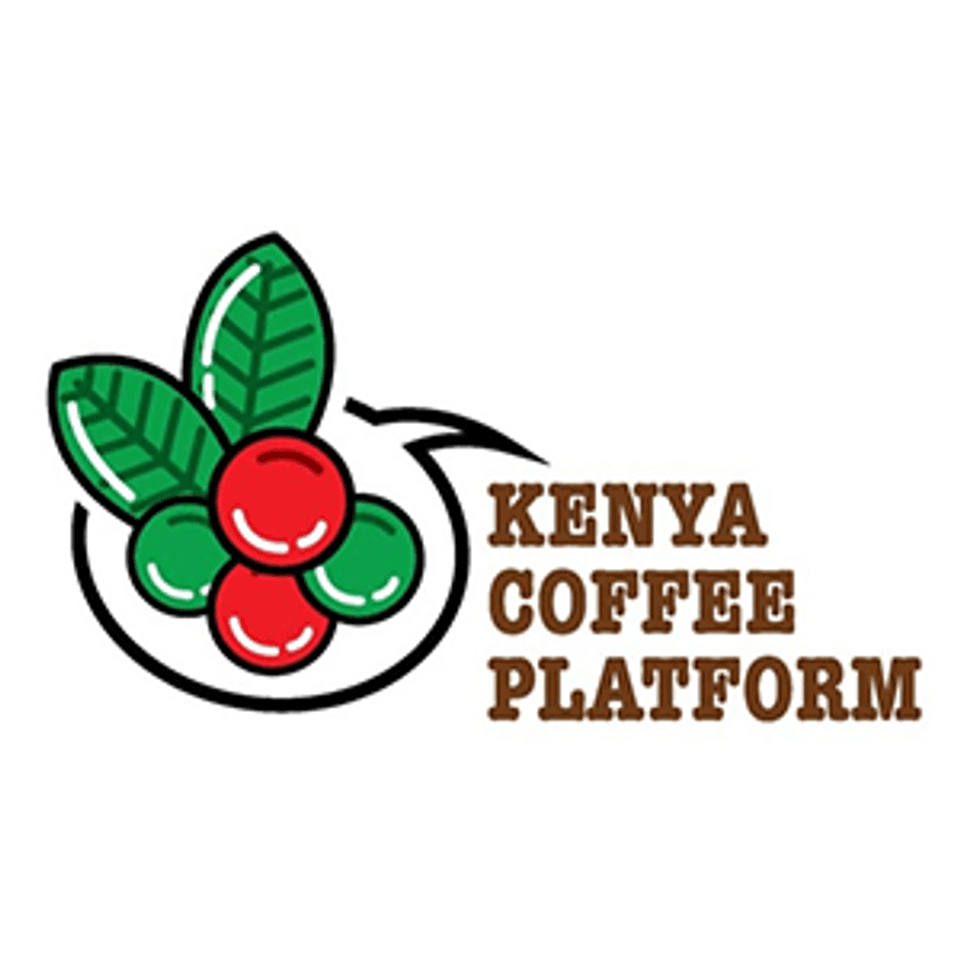
Kenya Coffee Platform
The KCP is an inclusive county and national multi-stakeholder and pre-competitive, collaborative forum that seeks to provide a platform for coffee stakeholders both public and private, to freely interact, discuss, deliberate and address issues affecting the sector.
